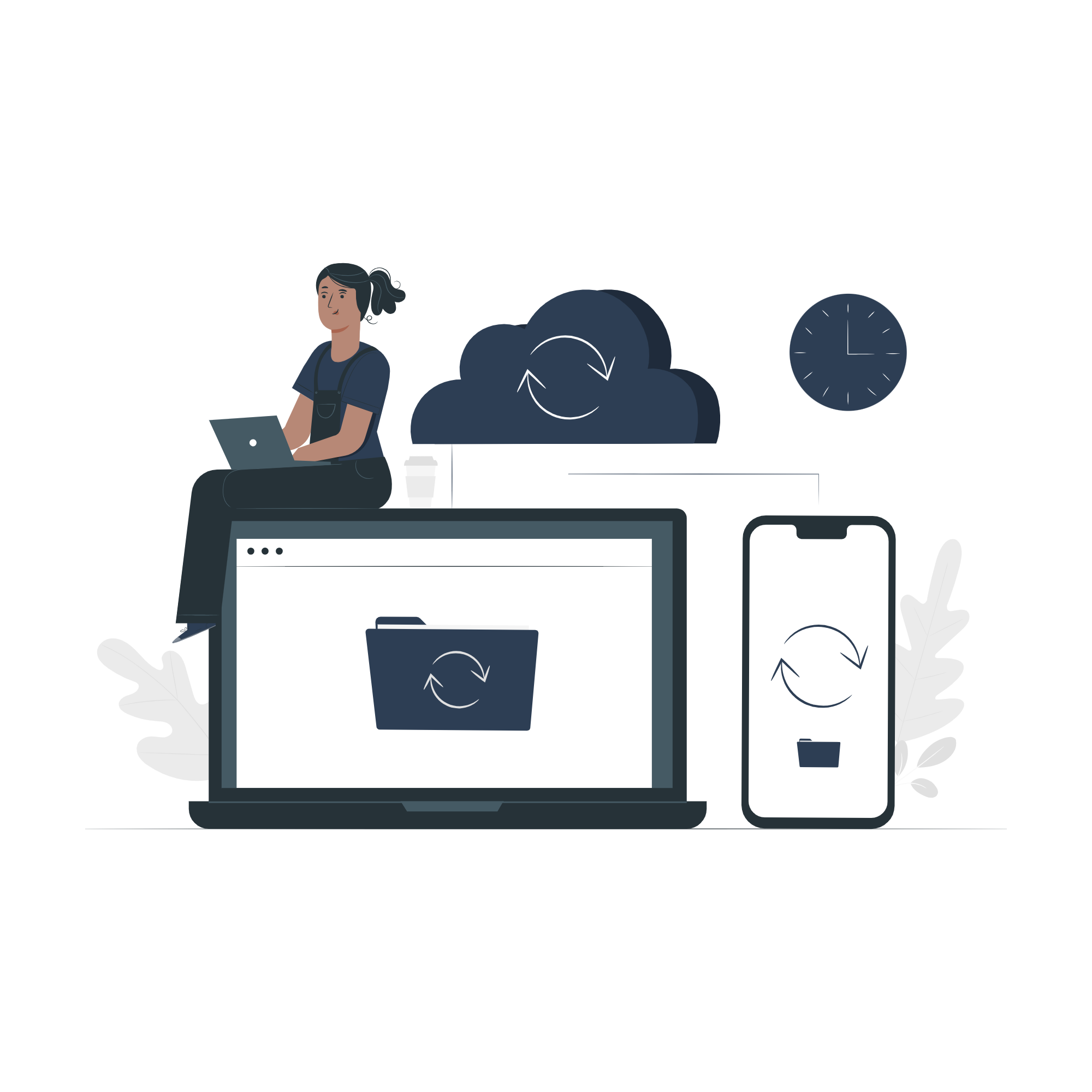Localization
Importance of Localization in a Digisquares Platform
Global Reach
Localization is a key factor in expanding the reach of your application on a Digisquares platform. By accommodating a wide range of languages and cultural preferences, your application can effectively serve users from different regions, increasing its global footprint.
User Experience
Offering content in the user's preferred language significantly enhances their interaction with the application. A well-localized app improves accessibility, fosters trust, and creates a more intuitive experience, leading to greater user satisfaction and higher retention.
Cultural Sensitivity
Localization goes beyond language, ensuring that the content and design of your application are culturally appropriate. By understanding the cultural nuances of different regions, you can avoid misunderstandings and create an environment that resonates with users, fostering positive relationships and inclusivity.
Compliance
Certain regions have legal mandates requiring applications to be localized into the local language. Ensuring your application complies with these regulations helps avoid legal complications, ensuring that your app can operate freely within different markets and adhere to local laws.
Competitive Advantage
Offering multilingual support and cultural customization provides a competitive edge in international markets. Applications that are locally adapted tend to stand out, attracting a wider audience, fostering user loyalty, and ensuring long-term success.
User Engagement
Users are more likely to engage with applications that cater to their language and cultural norms. Localized applications increase trust and engagement, which can lead to higher conversion rates, user retention, and positive word-of-mouth.

Key Considerations for Localization in a Digisquares Platform
Multilingual Support
It is crucial that the Digisquares platform supports multiple languages and character sets. This includes languages that use different scripts, such as right-to-left (RTL) text for languages like Arabic and Hebrew. Proper multilingual support ensures that the application can serve a global audience effectively.
Content Localization
Providing tools for easy translation of text, labels, and messages within the application ensures that users can interact with the platform in their native language. This allows developers to seamlessly add new translations and ensure the app is accessible to users worldwide.
Date and Time Formats
Different regions use different date and time formats. Localization support for these formats ensures that the user’s experience is seamless, preventing confusion. It’s important that the date, time, and even time zones are displayed correctly for each locale.
Cultural Customization
Design elements such as color schemes, imagery, and layouts should reflect the cultural preferences of users in various regions. Customizing the design based on local preferences ensures the app feels more natural and engaging for different cultural groups.
Currency and Number Formats
Localized currency and number formats are essential for transactions and financial applications. Proper formatting allows users to easily understand financial information in their native currency and number system, reducing errors and increasing user satisfaction.
Locale Detection
Implement automatic locale detection to personalize the experience based on the user’s preferences or browser settings. Additionally, providing the ability for users to manually select their preferred language and region offers them greater flexibility and a more personalized experience.
User-Generated Content and Quality Assurance
User-Generated Content
For platforms that allow user-generated content, it is important to support the localization of this content. Moderation tools can ensure that user-generated content adheres to local cultural norms and sensitivities, providing a safe environment for users.
Testing and Quality Assurance
Before releasing localized versions of your application, conduct thorough testing to ensure the language, layout, and functionality meet the needs of different users. Involve real users from various regions to identify potential issues and ensure that the localized version of the app is fully optimized.
Updates and Maintenance
Ongoing Localization
Localization is an ongoing process. As your application evolves and new features or content are added, it’s important to continuously update translations and ensure that the localized versions of your app remain up-to-date.
Documentation and Training
Providing documentation and training materials for both developers and users ensures that everyone involved understands the process of implementing and maintaining localization. This helps ensure consistent and effective localization across all regions.
Compliance and Legal Considerations
Stay informed about the legal and compliance requirements of different regions, especially regarding data privacy, accessibility standards, and consumer protection laws. Adhering to these regulations is crucial for avoiding legal issues and ensuring that the app is accessible to users in every region.